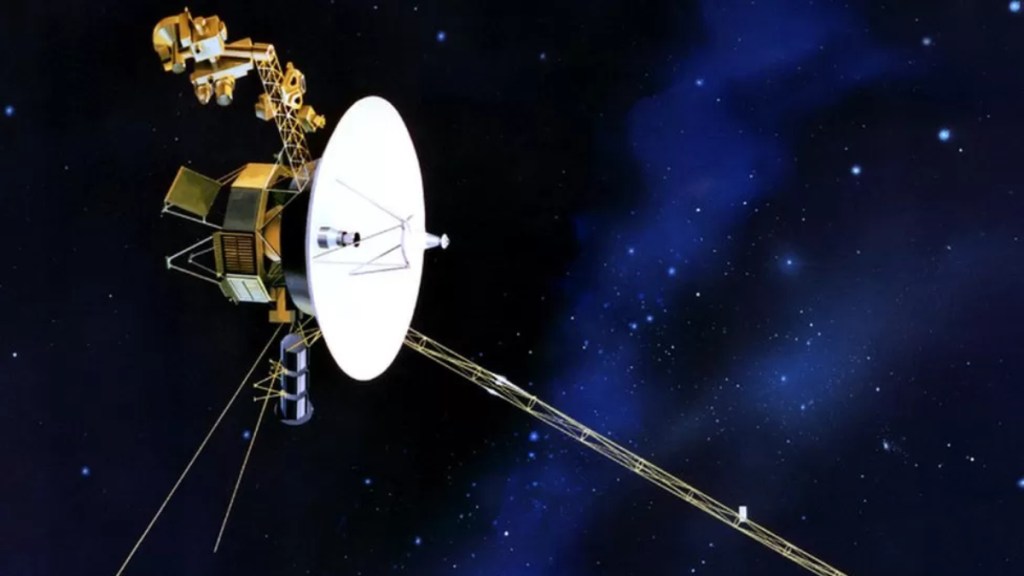NASA has said that it has received a ‘heartbeat’ signal from its Voyager 2 spacecraft after it lost contact with it when the probe was billions of miles away from the Earth. Mission controllers stopped receiving any signal from Voyager 2 over a week ago after sending a faulty command. The fault led to the spacecraft tilting its antenna to point two degrees away from the home planet. The probe ultimately stopped receiving commands or sending data.
However, on Tuesday the US space agency received a signal which was picked up during a regular scan of the sky.
About Voyager 2
Voyager 2 has been exploring the universe since 1977. It was the second spacecraft to enter interstellar space. It was designed to find and study the edge of the solar system. In December 2018, Voyager 2 joined Voyager 1, its “twin”, as the only human-made objects to enter the space between the stars. Bothe spacecraft were designed to “take advantage of a rare planetary alignment to study the outer solar system up close”. JUpiter, Saturn and Neptune were the targets of Voyager 2.
It is the only spacecraft to study all four giant planets of our solar system up close.
NASA has confirmed that the spacecraft is still broadcasting and is in “good health”. “We enlisted the help of the [Deep Space Network] and Radio Science groups to help to see if we could hear a signal from Voyager 2…This was successful in that we see the ‘heartbeat’ signal from the spacecraft. So, we know the spacecraft is alive and operating. This buoyed our spirits,” Voyager’s project manager Suzanne Dodd said.

